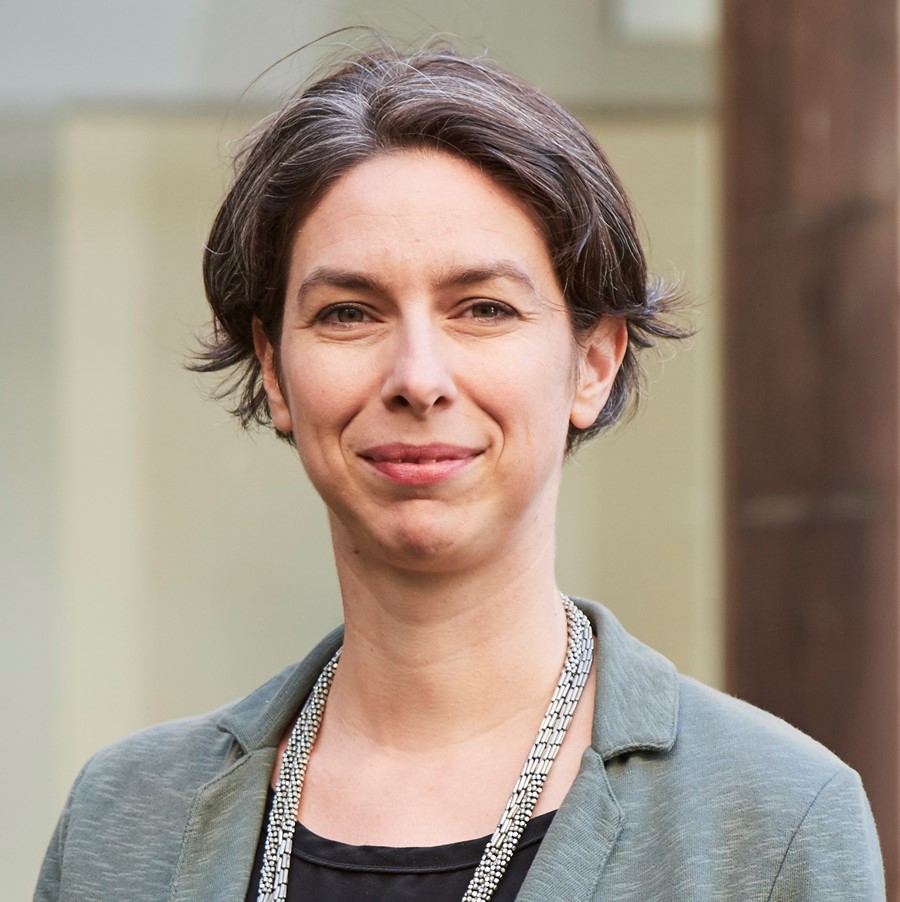Spotlight: The bigger picture of European research with Ana Helman
Meet Ana Helman, who works at the interface between the Graphene Flagship Core Project and other national and international research initiatives.
Ana Helman works as Science Officer at the European Science Foundation – Science Connect and is involved in the Graphene Flagship as a European Alignment Officer. She is responsible for the co-ordination and alignment between the Core Project of the Graphene Flagship and national and international research initiatives, such as FLAG-ERA, an ERA-NET co-fund action that supports the Graphene Flagship and the Human Brain Project.
Previously, she managed the ESF’s portfolio of programmes in the field of physics, nanosciences and materials, including the European collaborative Research Programmes (EUROCORES), Research Networking Programmes, Forward Looks and the Expert Committee on Materials Sciences and Engineering (MatSEEC).
You can meet her online at the Diversity in Graphene Career Event, where she will present alternative career paths in science.
What made you choose a career in science, and how did you first become interested in your current job?
I have always liked the scientific approach and rational thinking. Observing and understanding nature was something very fascinating to me. In high school, I was attracted to natural sciences, but I did not know exactly what doing research actually means. The interest in my current job came gradually. After a PhD in Electronics, I started my career as a researcher at Philips Research laboratories in the Netherlands. That time, I realized I enjoyed working in a team and in collaboration across countries. I also wanted to see a “bigger picture”: how research was done at the European level. I started working at the ESF in 2008 and discovered what it actually meant to manage research programmes and advance research from a different perspective. I then worked for the US National Science Foundation’s Europe-Eurasia Office in Paris, promoting the cooperation between US and European research institutions and researchers. Later I moved back to Strasbourg to work again for ESF.
Can you tell us about what you are working on now?
My type of job allows me to work and interact with many different research communities across various fields of science, see how they work, learn what are their priorities and find ways to support them. It also provides me with a 360° view of the whole research process: from the idea and a proposal of a project, to its evaluation, funding, implementation and long term impact assessment. I also enjoy interacting with many different stakeholders: not only researchers, but also students, research funders, government officials and policy makers.
What is your view of how the Graphene Flagship will provide new technologies for the benefit of society?
The Graphene Flagship is a wonderful and very unique initiative that has brought together a very large research community and enabled it to really work together towards common goals. This experience is very precious as it shows that, despite all the challenges, this kind of action can work and produce results. The Graphene Flagship has delivered not only excellent research but also innovations and demonstrated impact in many different areas.
What are the biggest milestones in your career so far?
I am very proud of the fact that I have been involved in the Flagship since its inception, and that I have contributed to shape and develop the project. Witnessing the evolution of the Flagship from a very small coordination project to this big Europe-wide initiative has been very rewarding.
Do you have a role model or someone who inspires you?
Rather than looking up to some historical role models, I am very inspired by my fellow colleagues, researchers and friends who have very diverse careers and are managing to advance in their lives balancing personal and professional challenges. These are mostly female professionals with strong motivations, ambitions and high standards of excellence.
Why do you feel that diversity in science and technology is important for the Graphene Flagship's progress?
We should take advantage of our diverse and complex world to get inspired, learn from each other, and advance. ESF is involved in several projects that deal with gender equality and responsible research and innovation. This brings us in contact with experts and scholars working on the topic and enables us to apply this knowledge in our daily work.
What are your views for the future?
I would like to continue working at the European level in supporting researchers and research organisations. In these challenging time of crisis, we need more collaborations and I hope I can contribute to this.

Ana Helman works at the interface between the Graphene Flagship Core Project and other national and international research initiatives using graphene and other layered materials. Credit: ESF




